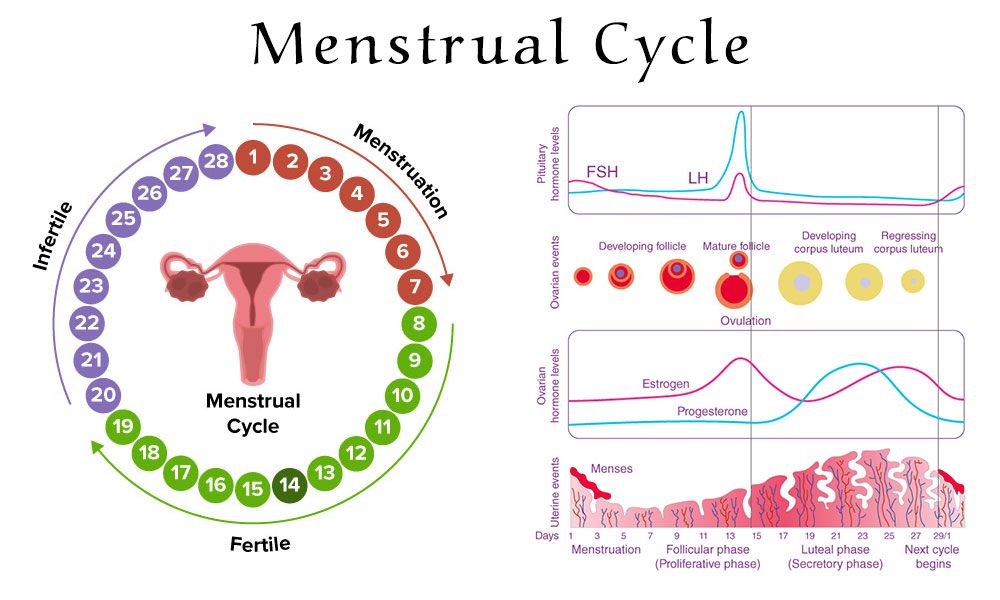For many women, the menstrual cycle can be a mysterious and sometimes frustrating experience. But understanding the ins and outs of your cycle can not only help you better navigate the ups and downs of your body, but also make informed decisions about your overall health. In this comprehensive guide, we will break down everything you need to know about your menstrual cycle, from what it is to how to track it effectively.
What is the Menstrual Cycle?
The menstrual cycle is the monthly hormonal cycle that prepares the uterus for pregnancy. It typically lasts around 28 days, but can vary from person to person. The cycle can be divided into four main phases: menstrual, follicular, ovulation, and luteal.
Menstrual Phase
The menstrual phase is the first phase of your cycle and occurs when you are menstruating. This usually lasts around 3-7 days and involves the shedding of the uterine lining.
Follicular Phase
The follicular phase begins after your period ends and lasts until ovulation. During this phase, your body prepares to release an egg by stimulating the growth of follicles in the ovaries.
Ovulation Phase
Ovulation occurs around the middle of your cycle and is when the mature egg is released from the ovary. This is when you are most fertile and likely to conceive if you are trying to get pregnant.
Luteal Phase
The luteal phase is the final phase of your cycle and occurs after ovulation. During this phase, the empty follicle from which the egg was released begins to produce progesterone, which helps thicken the uterine lining in preparation for a potential pregnancy.
Tracking Your Menstrual Cycle
One of the best ways to understand your menstrual cycle is to track it. There are several methods you can use to track your cycle, including:
Calendar Method: This involves marking the first day of your period on a calendar and tracking the days until your next period begins.
Basal Body Temperature: By tracking your basal body temperature daily, you can determine when you are most likely to ovulate.
Cervical Mucus: Monitoring changes in your cervical mucus can also help you pinpoint when you are ovulating.
Common Menstrual Cycle Disorders
While most women experience regular and predictable menstrual cycles, some may encounter disorders that can affect their cycle. Some common menstrual cycle disorders include:
Polycystic Ovary Syndrome (PCOS): A hormonal disorder that can cause irregular periods and infertility.
Endometriosis: A condition in which the tissue that normally lines the inside of the uterus grows outside of it, leading to painful periods.
Menstrual Migraines: Severe headaches that occur before, during, or after menstruation.
Conclusion
Understanding your menstrual cycle is an important part of taking control of your health as a woman. By tracking your cycle and being aware of any potential disorders, you can better manage your reproductive health and make informed decisions about your overall well-being. If you have any concerns about your menstrual cycle, be sure to talk to your healthcare provider for personalized advice and guidance.
Remember, your menstrual cycle is a natural and normal part of being a woman, and understanding it can empower you to live your best and healthiest life.

